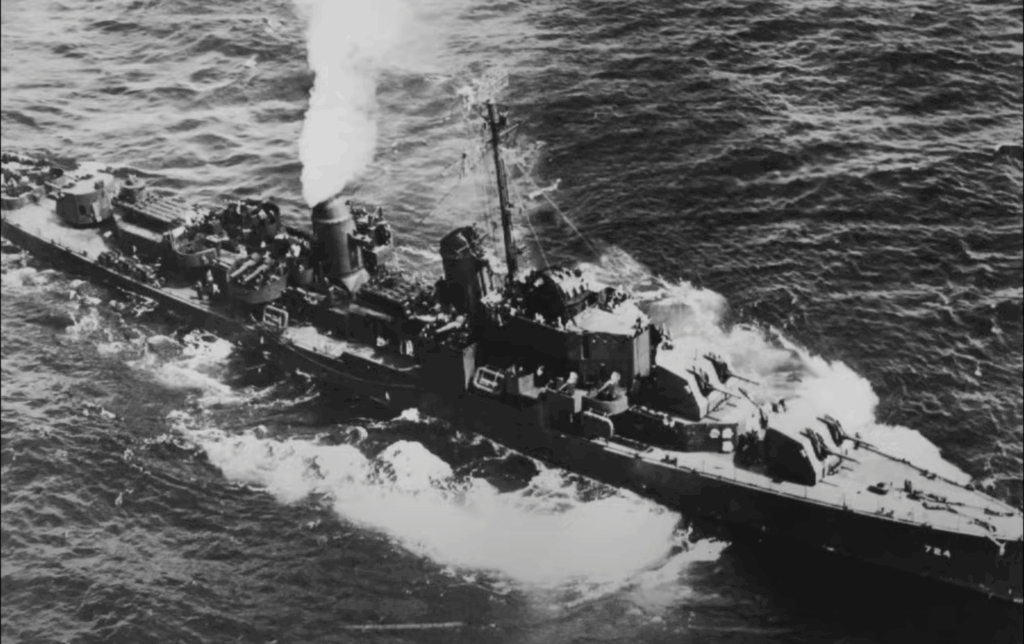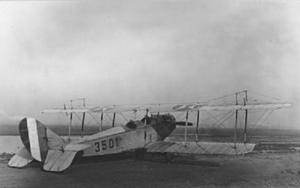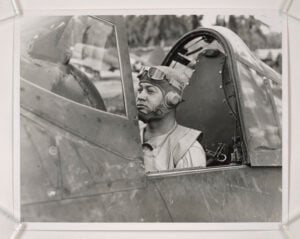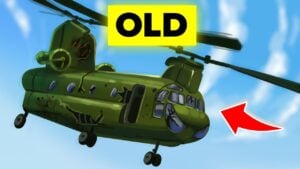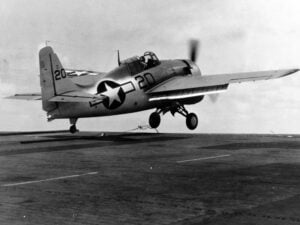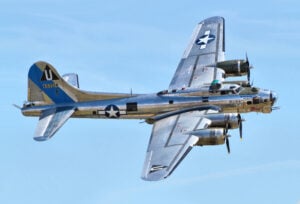The Destroyer That Battled and Survived 22 Kamikaze Attacks
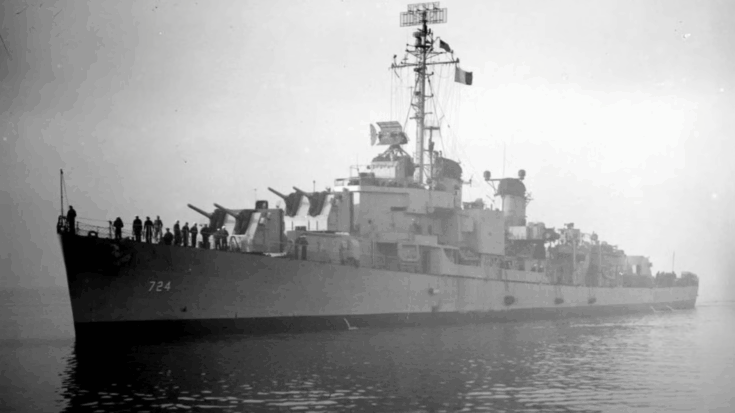
The Valor Vault / YouTube
In April 1945, the U.S. Navy was locked in a brutal campaign for Okinawa. The island was a key objective and stood between American forces and mainland Japan. To defend the landings and provide early warning of enemy air attacks, radar picket ships were positioned ahead of the main fleet. These ships faced some of the most dangerous duties in the war. Among them was USS Laffey (DD-724), a destroyer that would soon face an onslaught like no other.
A Deadly Morning Begins
In the early hours of April 16, USS Laffey was operating alone in a hazardous zone off Okinawa. As a radar picket ship, she was the first to detect approaching enemy aircraft and the first to be attacked. Her role was vital but came with extreme risk. Other picket ships had already been hit, and her crew knew what could come next.
At 4:30 a.m., a radar operator, fighting to stay awake, caught the first sign of incoming aircraft. Commander Frederick Julian Becton quickly took his position on the bridge. The radar screen lit up with contacts, but the planes turned away. It soon became clear this was a tactic meant to keep the crew exhausted and on edge. The real attack had not yet begun.
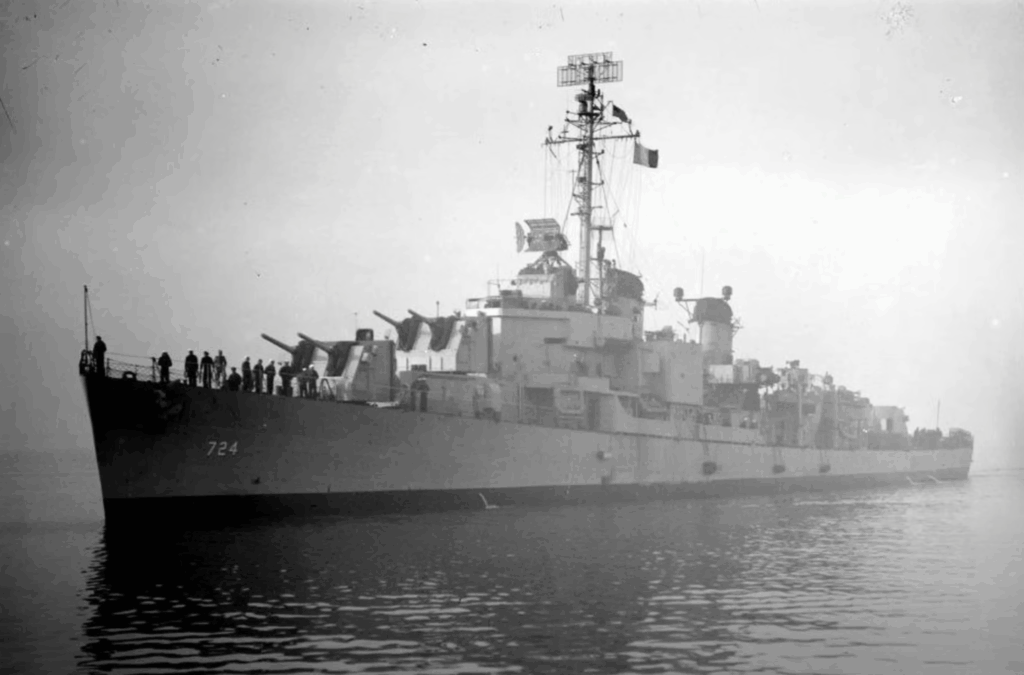
All-Out Assault Begins
By 7:30 a.m., things worsened. Communication was lost with the “Grim Reapers,” a group of Corsair fighters that had been Laffey’s air support. Soon after, the radar showed a large formation of Japanese aircraft approaching from the north. Becton later said the screen looked like it was covered in chickenpox.
Six enemy planes broke from the group and started circling. The destroyer’s 5-inch guns opened fire, hitting one aircraft directly. The second plane took fire from smaller guns and crashed into the sea. Two more attacked from the stern at wave-top level. One was destroyed mid-dive, and the other was shredded before crashing. But more waves kept coming.
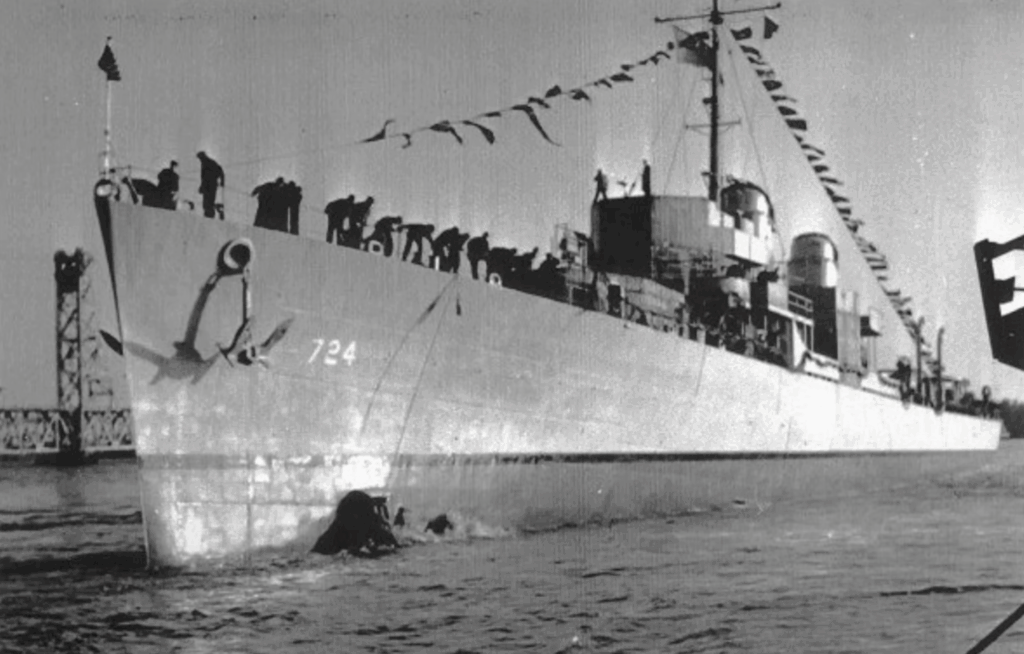
Chaos on All Sides
A new tactic appeared. While one kamikaze plane attacked from starboard, another moved in from port. The crew focused fire on the starboard side, taking that plane down, but the port-side attacker managed to strafe the deck and kill several sailors before crashing. Commander Becton quickly turned the rudder, narrowly avoiding a direct hit.
The attacks didn’t stop. A Japanese dive bomber swooped toward the bridge, forcing the ship into fast evasive maneuvers. One gun turret jammed mid-fight. Becton personally grabbed a hammer and beat it back into working condition. Another aircraft aimed for the bridge but instead struck the main deck, causing a huge fire. A crewman who had just stepped away from a hatch was saved by seconds.
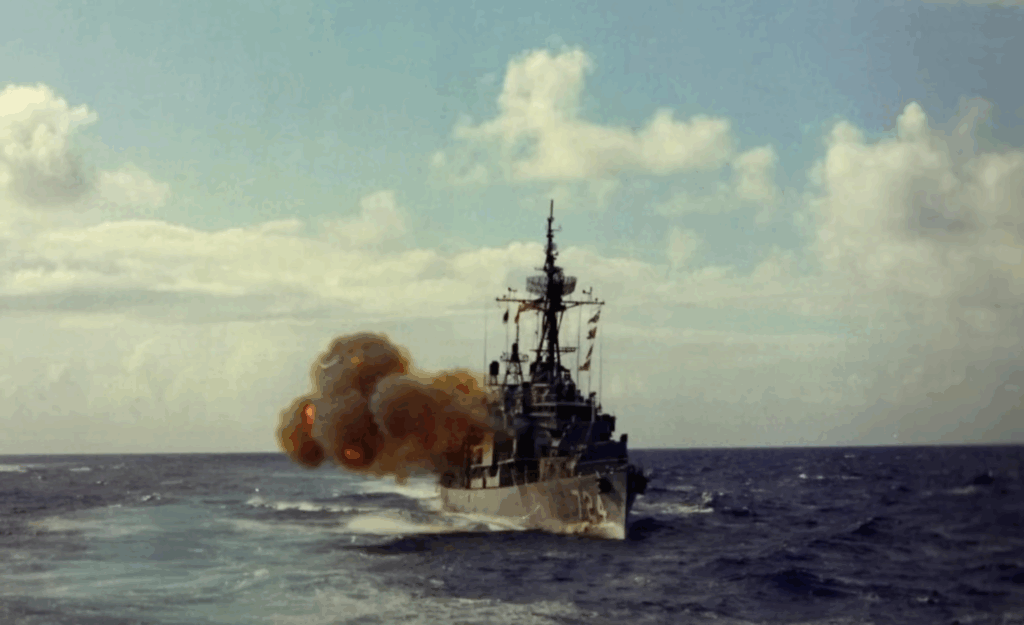
Sustaining Damage but Staying Afloat
One kamikaze slipped past the defenses and exploded against the superstructure, spreading fire and disabling some anti-aircraft weapons. Ammunition began to overheat and explode, creating new risks for the already damaged ship. Another plane crashed into the stern, destroying the rudder and locking Laffey into a sharp turn, making her an easier target.
A bomb dropped by another plane added to the destruction. The heat and flames grew worse, but the crew kept fighting. They managed to shoot down more planes, though not all. One more kamikaze struck the ship. It was now clear that Laffey had been hit multiple times — five planes and four bombs had struck her directly — yet she still remained afloat.
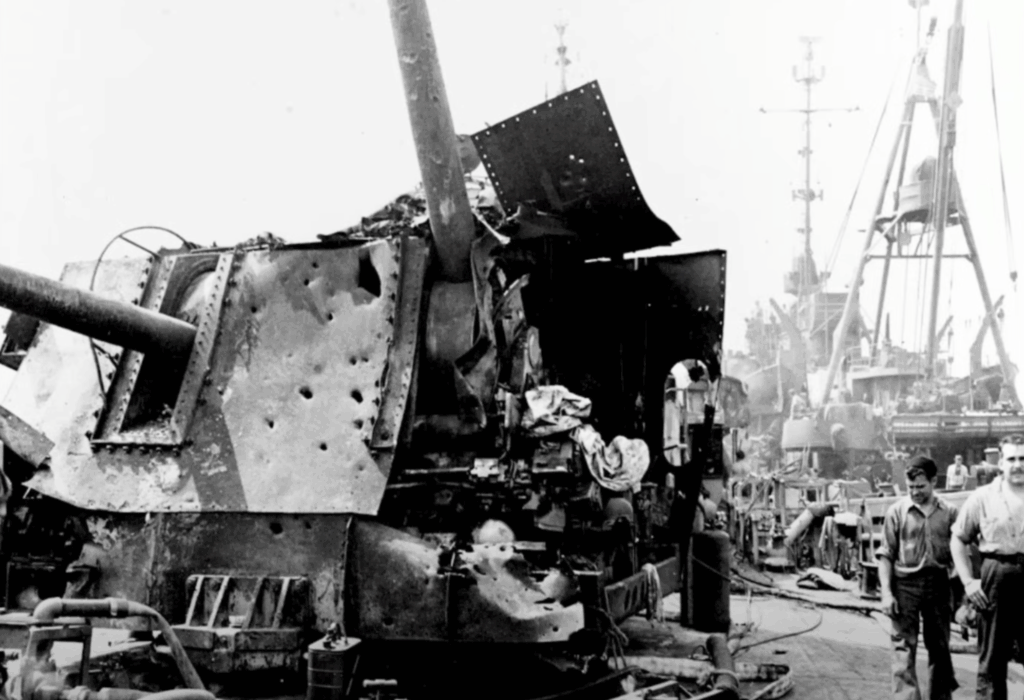
Crew Refuses to Give In
Though battered and burning, the destroyer did not sink. The crew worked nonstop, dragging wounded men to safety, manning hoses, and keeping the remaining weapons firing. Commander Becton refused to leave the bridge, even as it was repeatedly hit. His leadership helped keep the crew from breaking under pressure.
By the end of the attack, USS Laffey had survived the heaviest kamikaze strike faced by any American destroyer. Despite severe damage and casualties, she stayed afloat. The men aboard refused to let her go down. She earned the nickname “The Ship That Would Not Die.”
